Part 1 of 3 Parts
The expiration of the New START treaty in 2026 could lead to a new unrestrained nuclear arms race between the U.S. and Russia. China’s expanding nuclear arsenal and its refusal to participate in arms control agreements pose a new challenge to global security. The breakdown of arms control treaties and escalating tensions between nuclear powers increase the risk of nuclear war.
U.S. President Joe Biden said in 2022 that “For the first time since the Cuban missile crisis, we have a direct threat to the use of nuclear weapons…. We have not faced the prospect of Armageddon since Kennedy and the Cuban missile crisis.”
The stark warning from the U.S. President came after Russia’s Vladimir Putin said that his government would “use all the means at our disposal” if Russia’s territorial integrity was threatened. Russia has suffered major setbacks in its full-scale invasion of Ukraine and been forced to draft hundreds of thousands of civilians to bolster the military.
It was not the first time that Putin had threatened the possibility of using nuclear weapons in connection with the war in Ukraine. In a September 21, 2022, speech announcing a partial military mobilization, Putin said, “This is not a bluff.”
Despite Putin’s rhetoric, U.S. officials have indicated they have seen no material preparations for a nuclear strike by Russia. Some experts have pointed out that nuclear weapons “are not that useful to achieve military objectives.” While a Russian nuclear strike on Ukraine seems unlikely, the risk of a new nuclear arms race continues to increase.
Russia and the U.S. have withdrawn from several key arms control treaties over the past years. Only the New START treaty is still in force and due to expire in 2026. The treaty limits the numbers of nuclear warheads, launchers, and bombers the two signatories can deploy. Russia says its participation in the treaty is suspended, although it has promised to abide by the limits for now.
If New START expires without a replacement, the two major nuclear powers will have no restrictions on how many nuclear warheads and delivery vehicles they can deploy for the first time since the START I treaty entered force 30 years ago, in 1994.
The loss of nuclear arms control treaties began in the early 2000s, when the United States withdrew from the Anti-Ballistic Missile Treaty (ABM). Signed in 1972, this was one of the first treaties limiting deployed warheads, from the same year that aimed to avoid an arms race by maintaining parity between the Soviet Union and the U.S. The interim agreement that resulted from the first Strategic Arms Limitation Talks, or SALT I was signed around the same time.
The ABM Treaty was designed to eliminate one of the reasons that the United States or Soviet Union would require a large arsenal. If the U.S. and Russia only had a limited capability to shoot down incoming missiles, there would be less need to launch overwhelming numbers of warheads. When the U.S. withdrew, Russia immediately declared it would no longer abide by the limits agreed to in the START II treaty. Both powers had decided to adhere to the START II treaty even though the treaty had not formally entered into force.
Please read Part 2 next
Blog
-
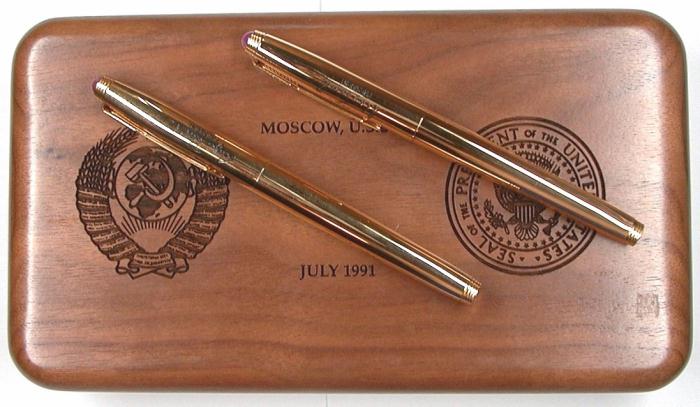
Nuclear Weapons 870 – The New Nuclear Arms Race – Part 1 of 3 Parts
-
Nuclear News Roundup Oct 07, 2024
Power outage in Russian-held city home to Ukraine nuclear plant energycentral.com
Bicycle Therapeutics Announces First Human Imaging Data from European Association of Nuclear Medicine 2024 Congress businesswire.com
Oklo Inc. (OKLO) Surges Amid Growing Speculation of Major Tech Deal as AI-Driven Power Demand Boosts Nuclear Energy finance.yahoo.com
Mississippi Public Service Commission hosts summit on future of nuclear power in the state wlbt.com
-
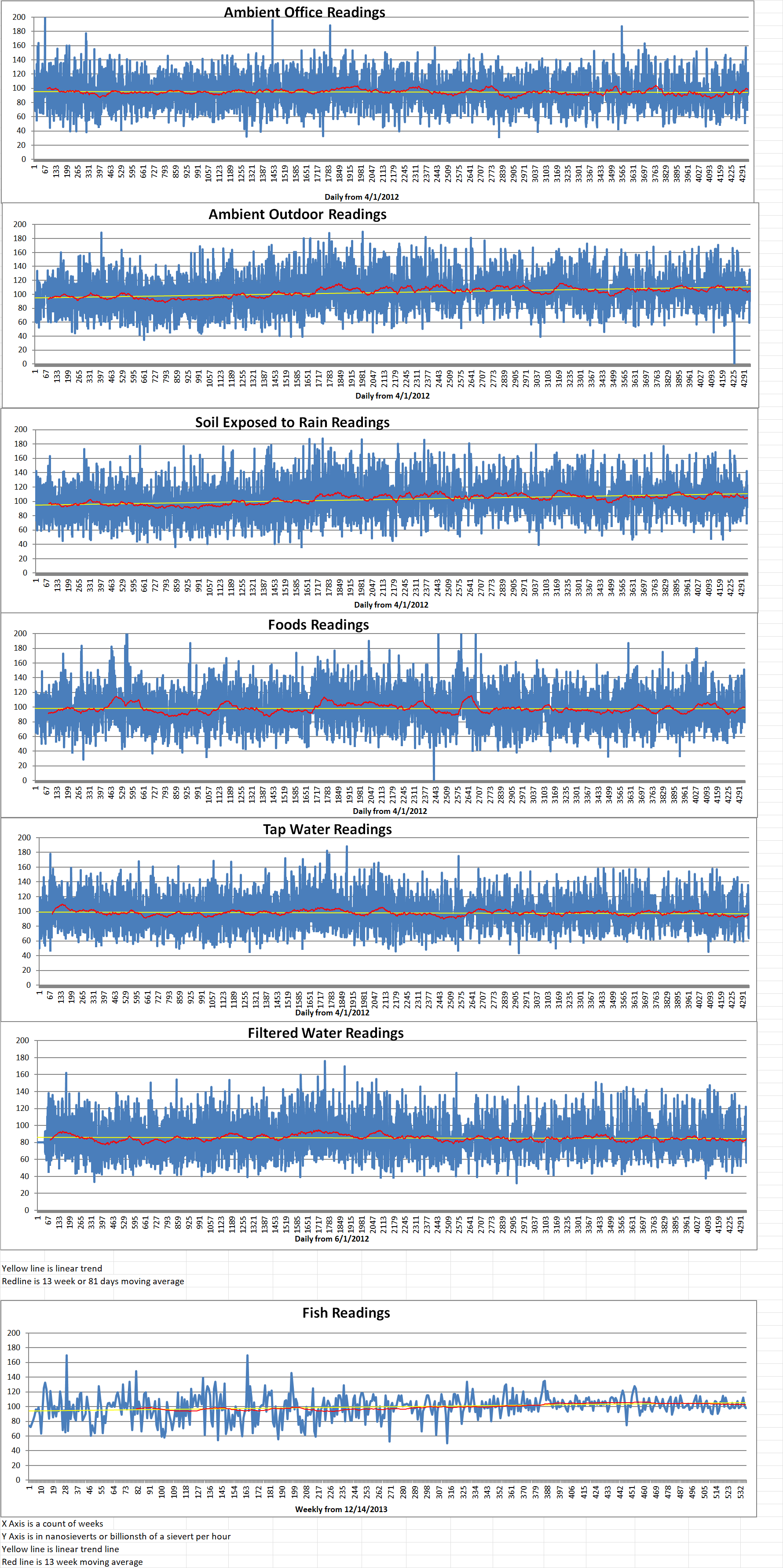
Geiger Readings for Oct 07, 2024
Ambient office = 105 nanosieverts per hour
Ambient outside = 89 nanosieverts per hour
Soil exposed to rain water = 91 nanosieverts per hour
Beefsteak tomato from Central Market = 100 nanosieverts per hour
Tap water = 100 nanosieverts per hour
Filter water = 87 nanosieverts per hour
-
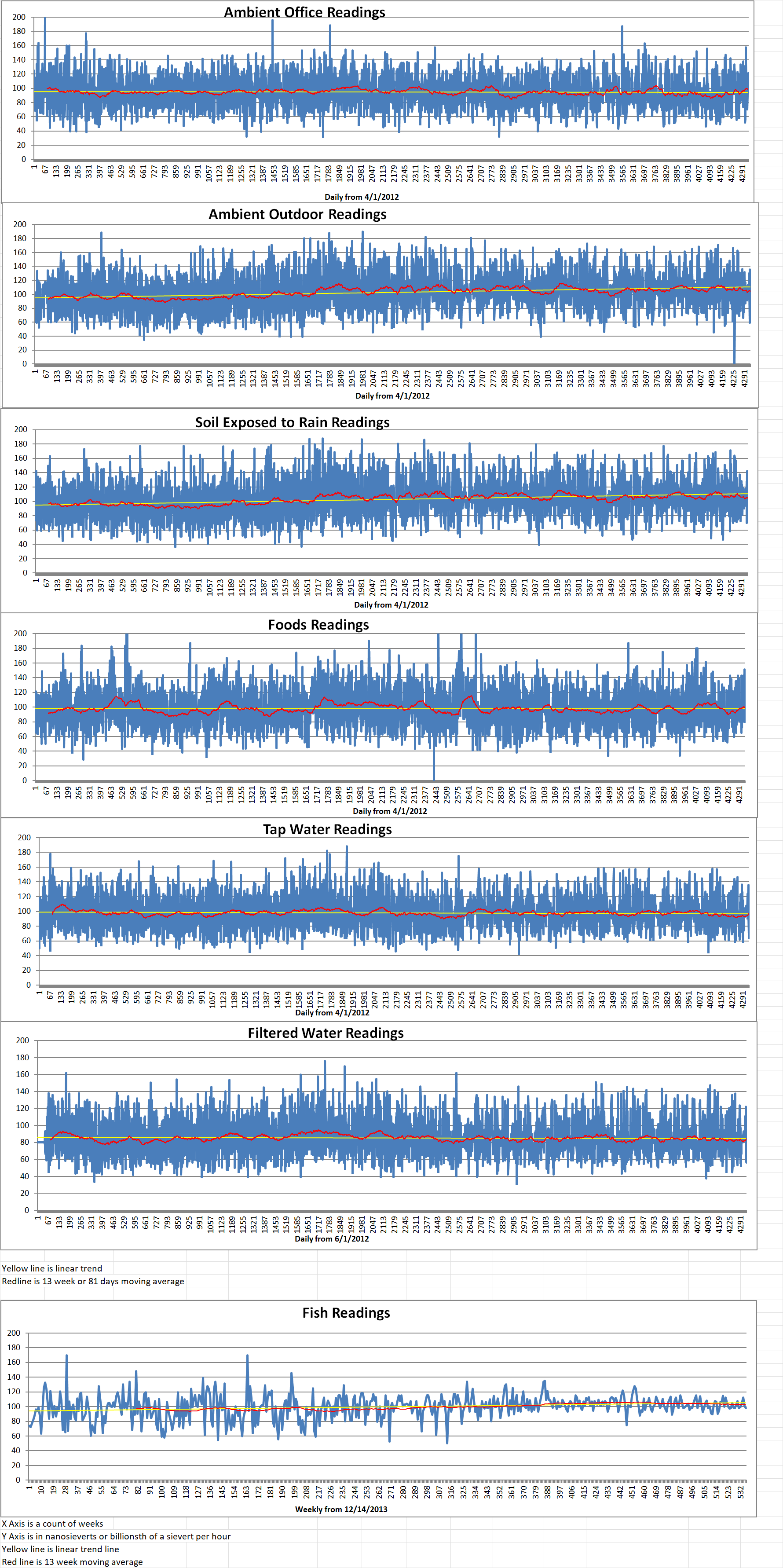
Geiger Readings for Oct 06, 2024
Ambient office = 119 nanosieverts per hour
Ambient outside = 93 nanosieverts per hour
Soil exposed to rain water = 96 nanosieverts per hour
Avocado from Central Market = 73 nanosieverts per hour
Tap water = 102 nanosieverts per hour
Filter water = 89 nanosieverts per hour
-
Nuclear News Roundup Oct 06, 2024
British nuclear transport ship fitted with innovative sail world-nuclear-news.org
Britain’s heading for a nuclear power crunch. Politico.eu
Russia calls US statements on readiness for nuclear talks ‘deception’ google.com
Serbia continues discussions on future nuclear projects world-nuclear-news.org
-
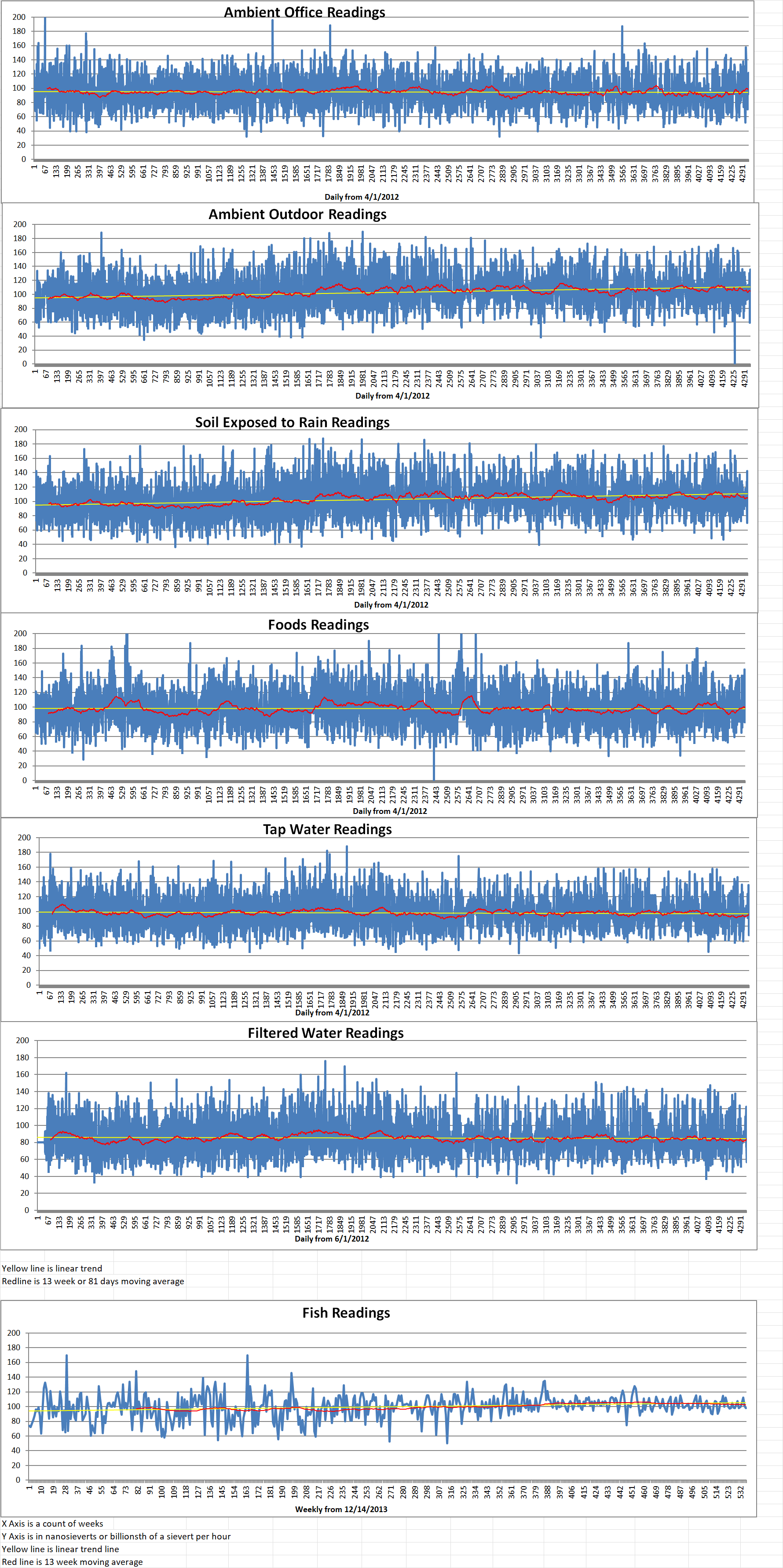
Geiger Readings for Oct 05, 2024
Ambient office = 100 nanosieverts per hour
Ambient outside = 98 nanosieverts per hour
Soil exposed to rain water = 99 nanosieverts per hour
Asparagus from Central Market = 66 nanosieverts per hour
Tap water = 102 nanosieverts per hour
Filter water = 89 nanosieverts per hour
Dover Sole from Central = 98 nanosieverts per hour
-
Nuclear News Roundup Oct 05, 2024
World’s Largest Nuclear Power Plant Could Reopen With New Safety Measures msn.com
Slovenia’s JEK2 unit would cost EUR9.5-EUR15.4 billion, review says world-nuclear-news.org
Iran may reassess nuclear policies if sites are attacked, source says tehrantimes.com
Iran complains to UN watchdog, alleging Israeli threats to hit its nuclear sites timesofisrael.com
-
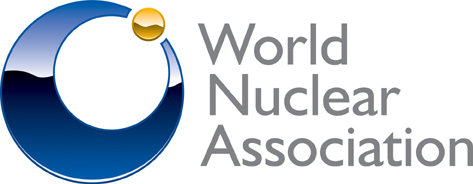
Nuclear Reactors 1435 – The International Energy Agency Releases Its 2024 World Energy Outlook – Part 2 of 2 Parts
Part 2 of 2 Parts (Please read Part 1 first)
Laura Cozzi is the director of sustainability, technology and outlooks at the IEA. Speaking at a press conference to launch the new report, she said, “We are expecting to see a new record high (in nuclear generating capacity) in 2025 and we expect nuclear to continue to grow as many countries are revising their policies over nuclear, actually extending lifetimes and opening up some new nuclear installations. And this is throughout the world: from China to Europe to the United States and beyond.”
Nuclear capacity and generation are expected to increase in each scenario. Emerging market and developing economies drive this growth, especially China, which accounts for forty percent of global nuclear capacity additions in the STEPS scenario by 2035 and almost fifty percent in the NZE scenario. The IEA pointed out that these projected additions mean that China is on track to have the biggest nuclear power capacity in the world by around 2030 in each scenario.
Nuclear generating capacity increases from four hundred and sixteen gigawatts in 2023 to six hundred and forty-seven gigawatts in 2050 in the STEPS scenario. In this scenario, global nuclear generation increases from two thousand seven hundred and sixty-five terawatts in 2023 to four thousand four hundred and sixty terawatts in 2050, while its share of total electricity production decreases from nine percent to eight percent over the same period. In the APS scenario, nuclear generating capacity increases to eight hundred and seventy-four gigawatts in 2050, while in the NZE scenario it reaches one thousand and seventeen gigawatts in 2050.
The IEA noted that “Policy support for nuclear power has risen in recent years. In December 2023, more than 20 countries pledged to triple global nuclear capacity by 2050. Notable developments in several European countries include extending operations for existing reactors in Belgium, lifting a ban on developing new nuclear plants in Switzerland, the identification of new builds as a priority in Sweden and Poland, and confirmation of the importance of nuclear in France. Many countries are showing interest in small modular reactors and the first projects outside China and Russia are expected to come online around 2030.”
Sama Bilbao y León is the director general of World Nuclear Association. He said, “The report makes clear nuclear energy will remain an important part of a clean and reliable electricity mix, with more than a doubling of nuclear capacity in the Announced Pledges scenario, and a capacity above one thousand gigawatts in the Net Zero 2050 scenario. Our analyses are even more ambitious, predicting nuclear capacity needing to grow to more than twelve hundred gigawatts to reach net-zero in a cost-effective and equitable manner. This goal to triple global nuclear capacity by 2050 was announced by 25 countries at COP28 last year, endorsed by the nuclear industry through the Net Zero Nuclear initiative, and supported by fourteen major global banks and financial institutions less than a month ago.” -
Nuclear News Roundup Oct 04, 2024
Report to Congress on Nuclear-armed Sea-launched Cruise Missile usni.org
Core Power assesses Japanese market for maritime nuclear world-nuclear-news.org
DOE selects HALEU enrichment providers world-nuclear-news.org
Japanese data center seeks nuclear electricity supplies world-nuclear-news.org
-
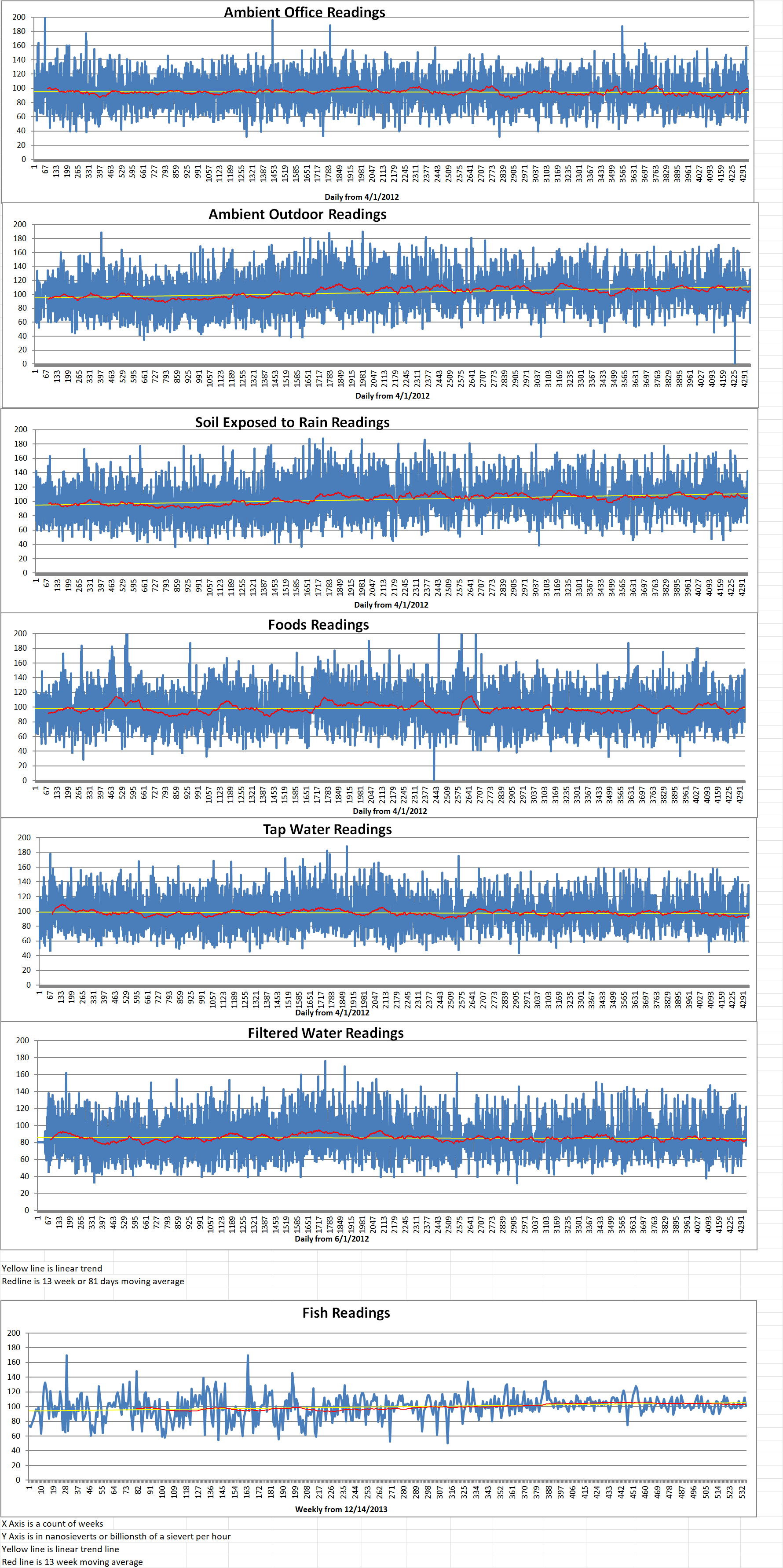
Geiger Readings for Oct 04, 2024
Ambient office = 100 nanosieverts per hour
Ambient outside = 100 nanosieverts per hour
Soil exposed to rain water = 103 nanosieverts per hour
Pumpkin from Central Market = 93 nanosieverts per hour
Tap water = 91 nanosieverts per hour
Filter water = 80 nanosieverts per hour
